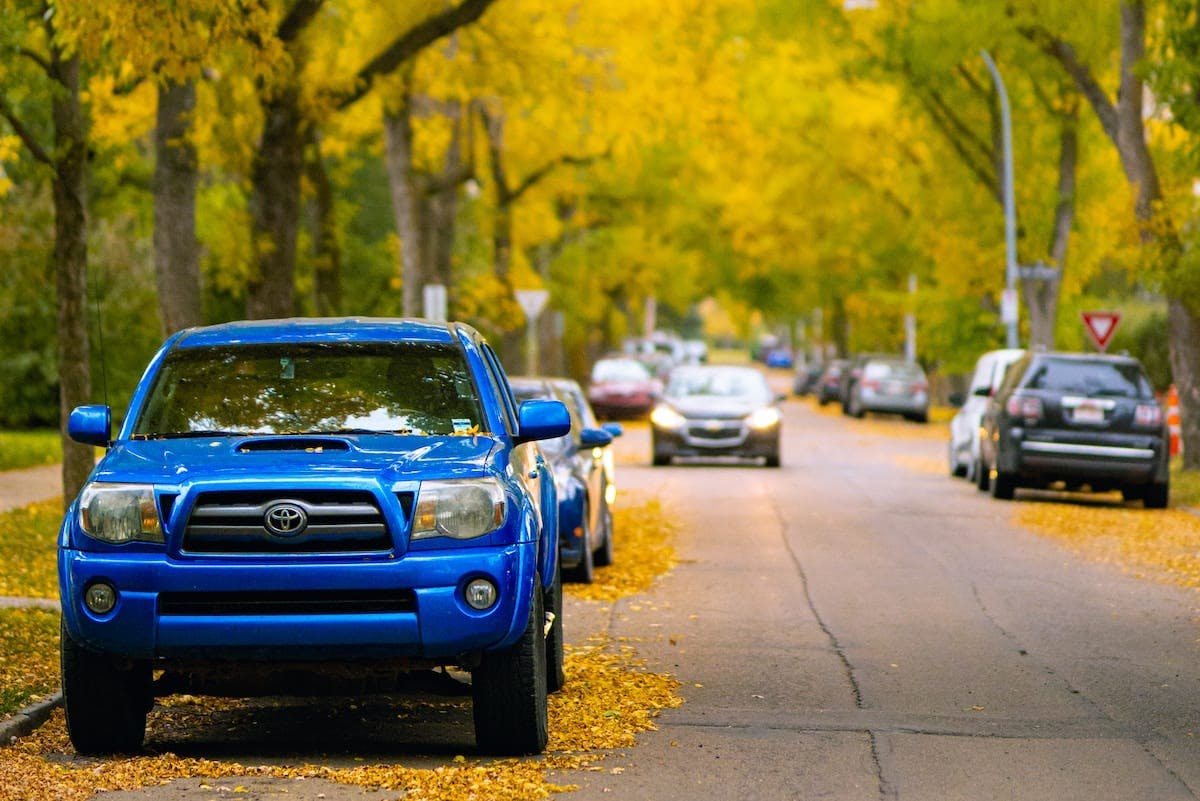The Ultimate Guide to Alberta Car Seat Laws
By Yuri Sychov | Published on 21 Aug 2023

Alberta has taken the necessary steps to ensure that your little ones are safe and secure while traveling. A car seat is effective in protecting your child as it reduces the risk of fatal or severe injury by 60%-70%. This guide will outline everything you need to know about car seat laws, including the stages of child safety seats required and tips for selecting the right one for your little ones.
Alberta Car Seat Laws
Alberta car state laws are stated in the Vehicle Equipment Regulation sections 80-83. It’s mandatory for drivers to ensure that kids under the age of 16 are safely secured in their vehicles. In addition to that, all children under the age of 6 years and weighing less than 18kg must ride in a car seat. Plus, there is a legal responsibility for failing to install a car seat according to the Motor Vehicle Safety Act requirements.
To get optimal safety benefits, your child should use a suitable car seat according to his or her size and weight. By making sure they’re securely restrained at all times, you’ll be taking an important step toward keeping them safe on every ride.
Unlike in certain Canadian provinces, such as British Columbia, there are no specific legal requirements for different car-seat stages in Alberta, and it is not even required to use booster seats. You should still follow the basic rule — follow the manufacturer’s height and weight specifications, and don’t be in a rush to transition to the next car seat stage. Use your car seat as long as your child fits the manufacturer’s specifications.
Rear-facing Seats
This is the first car seat stage for children aged 0 to approximately 2 years old and weighing up to 18-36kg, depending on the manufacturer’s specifications. This car seat is the safest option for young kids, designed to fully protect their bodies in case of an accident. It’s crucial that children stay rear-facing as long as they fit into it since their necks and spines are delicate and require extra reinforcement. You can continue using a rear-facing seat even if your child is older than 2 years, and in some cases, children aged 4-5 can still fit into a rear-facing seat.
Forward-facing Car Seats
In Alberta, car seat laws require that children under 6 years of age and weighing less than 18 kg (40 lbs) must be secured in a child safety seat. Forward-facing car seats and rear-facing ones come equipped with a harness system designed to ensure the child is securely fastened in place. The specially crafted straps of this harness are strategically positioned so that any force experienced during an accident will be evenly distributed across the strongest parts of the body. Thus drastically reducing the risk of injury.
As soon as your little one turns two or outgrows their rear-facing car seat’s maximum height/weight limits, they should transition to a forward-facing model. And until they reach six years old or exceed 18 kgs (40 lbs), this type of car seat is their safest option. You should continue using your forward-facing seat as long as your child’s physical characteristics, such as weight and height, don’t exceed the ones specified by the manufacturer.
Booster Seats
Although booster seats aren’t legally mandated by Alberta car seat laws, they are strongly suggested. Kids should be sitting in a booster seat when they turn six or weigh more than 18kg (40lbs) and have reached the maximum height/weight for their forward-facing car seat. It’s best to keep them there until they either hit the max height/weight limits set by manufacturer guidelines OR can fit properly into a regular seat belt without a booster seat – whichever comes first!
Convertible Seats
Convertible car seats are an ideal choice for parents looking to save money while still keeping their children safe. The name says it all – these convertible models can be used in different modes. You can start using a convertible life seat as a rear-facing seat and then switch it to a forward-facing position. Some convertible seats can also be used in booster seat mode. Convertible car seats provide greater weight and height limits in both the rear-facing as well as forward-facing positions. Convertible car seats offer extended use but are usually bigger and less transportable than other car seat types.
Seat Belt
Children can start using a seat belt once it fits them properly. Typically, seat belts can be used when a child is at least 145cm tall. For their safety, children should stay in the backseat until they reach at least twelve years of age. Remember, until your child is 16 years of age, you bear full legal responsibility for their safety in the car.
Tips for Purchasing a Car Seat in Alberta
The safety of your child is paramount, so it’s important to make sure you’re buying the best car seat. Double-check that the weight and height limits don’t exceed those for which the seat was designed. Make sure it fits both your vehicle and your little one properly. If possible, try before you buy or ensure there’s an exchange policy in place should things not go as planned.
To be on the safe side – don’t purchase a second-hand option nor use one involved in an accident previously. If you are buying a used car seat, make sure it is not expired, intact, wasn’t recalled, and comes with the original manufacturer’s instructions.
Pay attention that in Alberta, taxis or rental vehicles leased or rented for less than 14 days are exempt from car seat requirements. So, if you are traveling by taxi with your child, you should carry your car seat with you for safety reasons. Car seat travel bags can be purchased to carry a car seat while you are traveling without your car.
Penalties For Not Adhering to Alberta Car Seat Laws
In Alberta, failure to adhere to child safety seat regulations carries a fine of $162.00 – but there is an alternative. The ‘Option 4’ programme offers education on the proper transportation of children and adults in vehicles. If you complete this class successfully, your penalty will be waived.
Receiving a ticket for not following the Alberta car seat laws could have an effect on your car insurance premiums. Insurance companies take it very seriously and may raise them if you’re found guilty.
